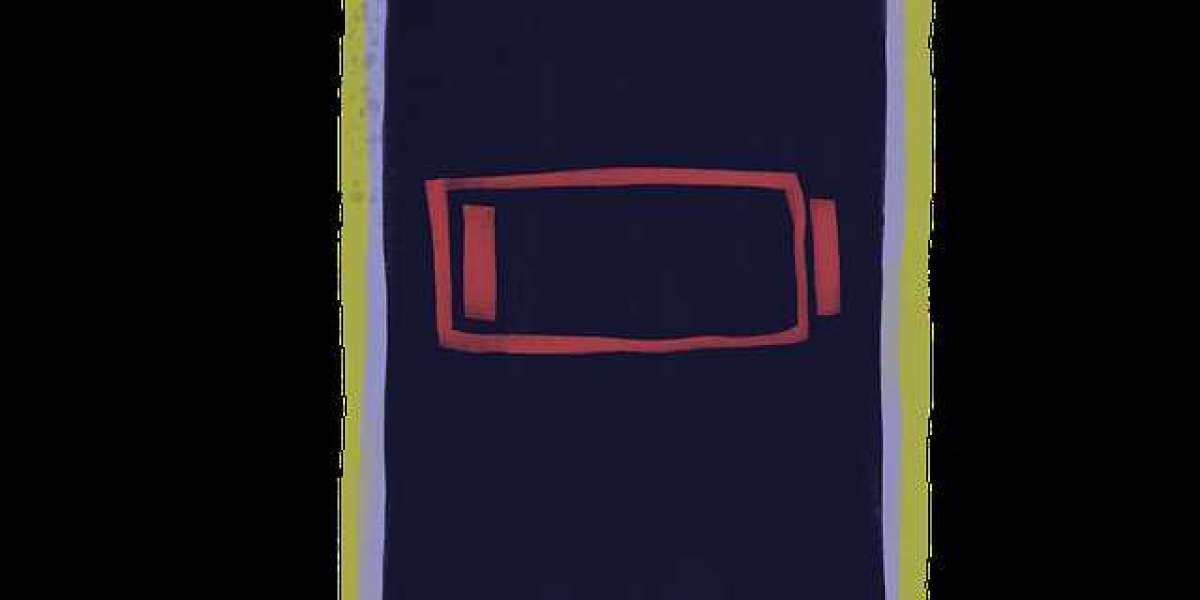Fractal and multifractal geometry approaches can be used to detect the early stages of tumor growth, according to recent scientific investigations. These techniques can be used to identify the irregular changes in the outlines of cells, tissues, and circulatory networks that occur with the development of an aberrant mass. As a result, the degree of injury caused in the primary tissue might be established, which could help to avoid misdiagnosis or diagnostic ambiguity.
The term fractal was coined by mathematician Benoît Mandelbrot (1924-2010) in 1975 to describe a geometric object whose basic structure, fragmented or irregular, is repeated at different scales, a property known as self-similarity, and whose construction and theoretical development immerses us in the mathematical world of infinite processes.
This property can be seen in the structure of some plants or trees—for example, in a head of cauliflower and some types of ferns in which any leaf appears to be a replica of the entire figure—or in the outline of some clouds. What appears to be a single cloud from a distance may appear to be smaller fragments that are repeated at different scales when viewed closer.
Wacaw Franciszek Sierpiski, a Polish scientist, gave an example of what we now call a mathematical fractal in 1915. (1882-1969). Its construction, starting with a triangle, yields a series of geometric objects that enclose an area that approaches 0 and a perimeter that approaches infinity. As a result, the idea of assigning a non-integer dimension to a fractal item halfway between the line and the surface occurs in order to efficiently gather its degree of irregularity and fragmentation (as well as its effectiveness in occupying or filling a space or set). surface. The related (self-similarity) dimension of the Sierpinski triangle is approximately 1.585.
It is impossible to believe that self-similar fractals exist in the real world. In effect, only a finite number of levels of self-similarity are recognized, and reduced copies of the initial object that are completely precise are not perceived. Many elements in nature, however, have a twisted shape, and fractal analysis can be used to detect an incomplete or approximation fractal pattern. The treatment of digital photographs, which are commonly utilized for medical diagnostics, is an example of this. Many carcinogenic processes, for example, are visible on the surface, but their morphology varies greatly depending on the scale at which they are seen, and in this respect,
However, providing a numerical value that accurately depicts the uneven shape of these natural elements is difficult. The so-called box count dimension, which links observations at successive gradations of the same studied fragment and allows quantification of how quickly existing anomalies develop, is a regularly utilized metric (as the size of the observation or box gets smaller and smaller).
When the studied contour responds in some way to the mathematical feature of self-similarity, this counting technique produces satisfactory results. However, due to the complexity of some images, the fractal dimension value produced from the parameter may not be reflective of the image's inherent structure. Multifractal analysis can help with this.
Multifractality examines the distribution of the contour's identifying pixels, not just the number of boxes or squares that intersect with it, allowing for a closer examination of the contour's internal structure and existing variation in the morphology under consideration. Instead of working with a single parameter or dimension, it is necessary to manage a collection of values—technically known as a multifractal spectrum—that permits evaluating, for example, the many scale and density qualities that may be present. presents. This spectrum would be reduced to a cluster of overlapping values in the event of monofractality (that is, merely fractality).
Multifractal analysis is increasingly being employed for deep study of medical pictures, thanks to advancements in technology. In 2015, a team led by Tufts University's Igor Sokolov and Clarkson University's Craig Woodworth released a series of findings demonstrating multifractal structures on the surface of cells on the verge of becoming cancerous—specifically in neck tissues. uterine, which connects the uterus's body to the vaginal canal— These structures do not exist in healthy or diseased cells of the same tissue, therefore identifying them would allow doctors to diagnose the condition before the tumor forms.
These promising results show that this relatively new branch of mathematics could play a critical role in the accurate detection of anomalies and the early diagnosis of a potential cervical cancer problem.



